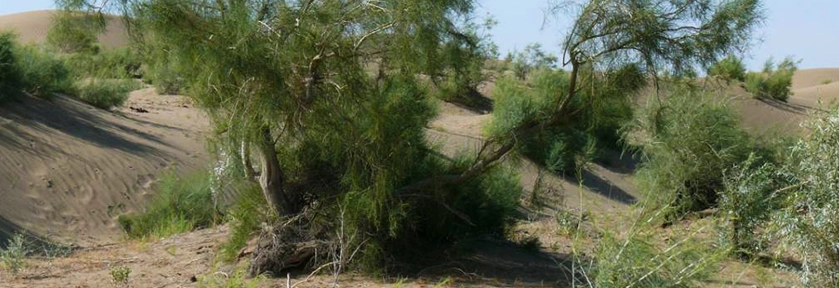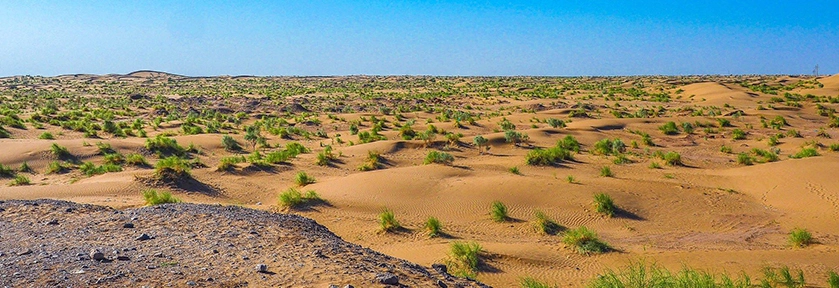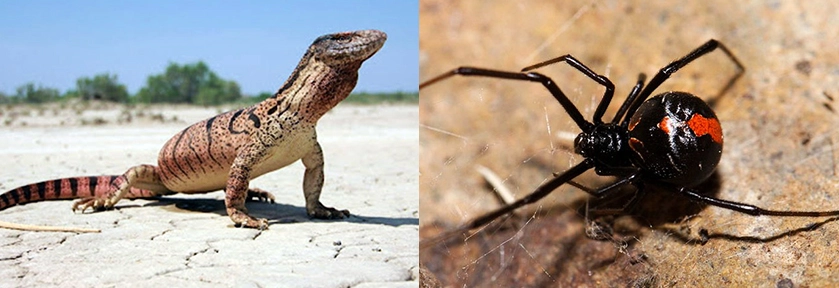The Repetek Reserve in Turkmenistan, surrounded by the breathtaking landscapes of the Karakum Desert, preserves extraordinary natural riches. Established in 1927, its primary goal is to protect black saxauls and the adjacent desert areas. In 1979, UNESCO recognized it as a biosphere reserve, confirming its adherence to international standards for nature conservation.
Repetek Sahara
What truly makes Repetek unique is the opportunity to witness almost all forms of the sandy landscape of the Karakum. Particularly impressive is the "Repetek Sahara," a stunning display of dunes seemingly dancing in the wind, creating a constantly changing and mesmerizing panorama.
Within the Repetek Reserve, over 130 plant species thrive, including 42 exclusive to this region. The unique black saxaul forests serve as the primary source of biodiversity in the animal and plant life of this area. Here, you'll encounter breathtaking landscapes with black saxauls, sand ridges, and dunes.

Biodiversity Research in Repetek
The Repetek Reserve is home to 20 species of mammals, primarily rodents. You can also find the long-eared hedgehog, polecat, steppe cat, sand cat, caracal, goitered gazelle, and others. Many of these animals are listed in the Red Book as species requiring special protection.
The world of insects in the reserve is equally astounding, with over 1000 species. Among them are the rare Turkmen rhinoceros beetles, for which the Repetek Reserve is the only known habitat.
Repetek Reserve is a paradise for bird enthusiasts, hosting 196 bird species, of which 12 are permanent residents. Saxaul jay, desert sparrow, Bukhara tit, white-winged woodpecker, desert crow, and other species contribute to the remarkable richness of the bird world in this reserve.
The changing seasons add a special charm to the Repetek Reserve. In spring, this desert transforms into a blooming garden with red poppies, yellow apothecia, and bright purple astragalus. In the summer, when temperatures can reach +50 °C, Repetek Reserve gains a reputation as one of the hottest places on the planet.


